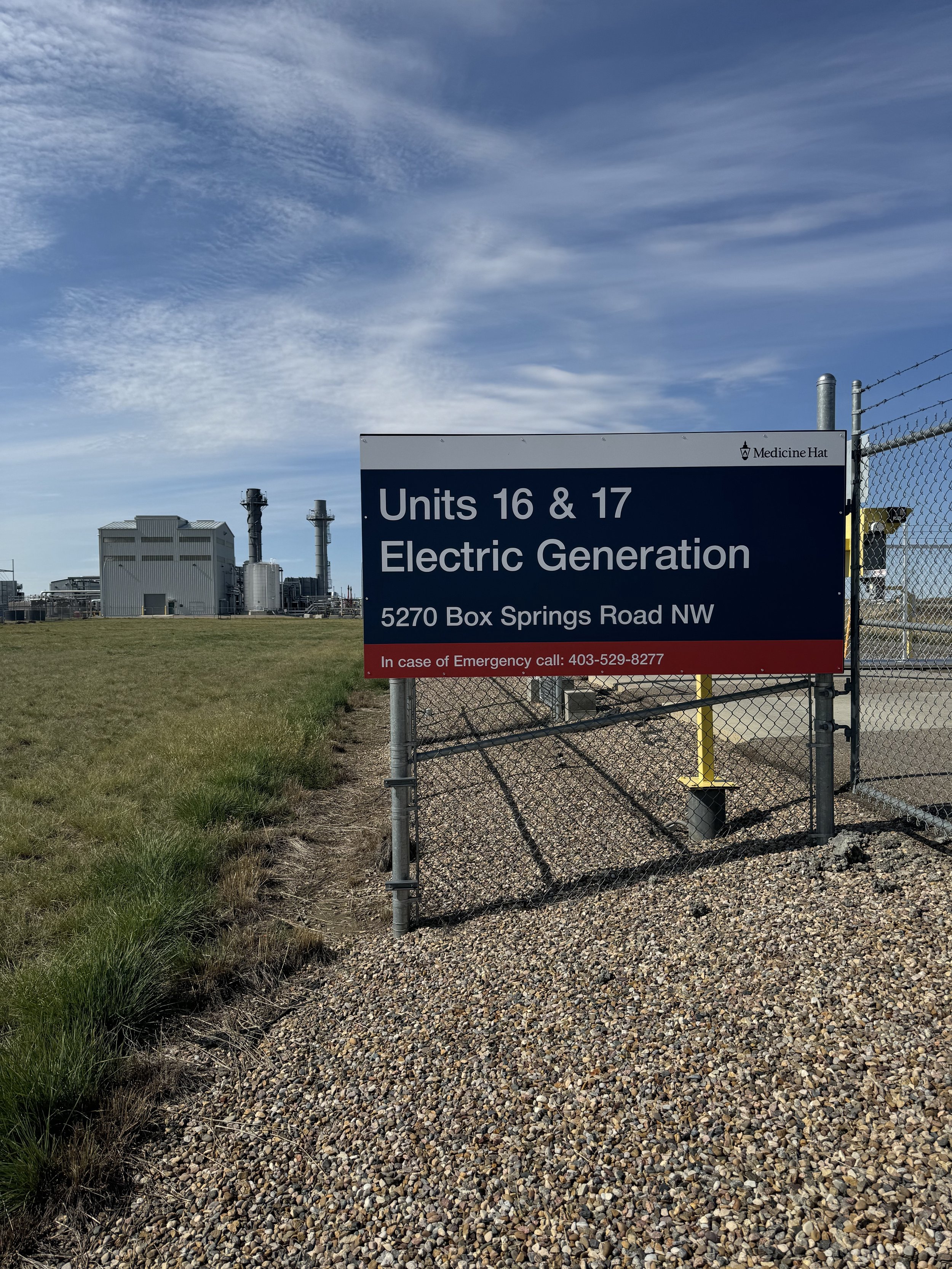MHURA misses the mark but should be given another shot
Thursday evening’s meeting hosted by Medicine Hat Utility Ratepayers Association is an example of how if everything that was said is correct, an organization’s perception is still wrong.
The City of Medicine Hat’s Unit 16 and 17 located in Box Springs. (File Photo)
MHURA should be supported in its endeavours in seeking transparency, understanding and clear direction from the city officials when it comes to utilities. And, in front of 180, MHURA did that regarding staff’s recommendations to purchase the Saamis Solar project.
But the featured speakers at the Higdon Hall event failed to demonstrate an understanding of how the city of Medicine Hat power generation system works.
Both Michelle Stirling, Friend’s of Science director, and Brian Zinchuck, Pipeline Online editor, appear to have tailored their respective presentations to the province’s issues.
But Medicine Hat’s power market is like no other in the province.
The municipality is both producer and consumer. One which can hustle a few extra bucks from the rest of Alberta on the side by selling onto the provincial grid.
There are 30 incidents of Medicine Hat being mentioned in the Alberta Electric Utilities Act outlining exactly how the rules are applied differently in our city.
If any one of them was mentioned during Thursday’s event, it was easily missed.
Nor did Stirling or Zinchuck appear to understand the nature of the electric production assets the city owns and what the interplay is between the generation sources.
That’s significant when it comes to the issue both speakers raised legitimately about renewable energy – reliability.
Medicine Hat’s Unit 16 and 17 produce electricity by powering adapted jet engines powered by natural gas to turn a turbine.
The General Electric LM6000 turbine is simply a modified 747 jet engine. As such, it can be powered up quickly and throttled in a way not possible with steam-powered turbine.
It’s essentially the relative difference between a steam locomotive and passenger plane.
Some might even suggest you could ensure reliability of solar production by having such a system which is designed to be utilized for various co-generation production systems as well as a peaker plant.
Notwithstanding Thursday’s meeting, MHURA should be commended in attempting to chisel out all the information it can from city hall. It’s been more than two months since the city’s administrators announced their plan to purchase Saamis Solar. And both citizens and their elected officials have been kept in the dark as to what the business case is for the move.


